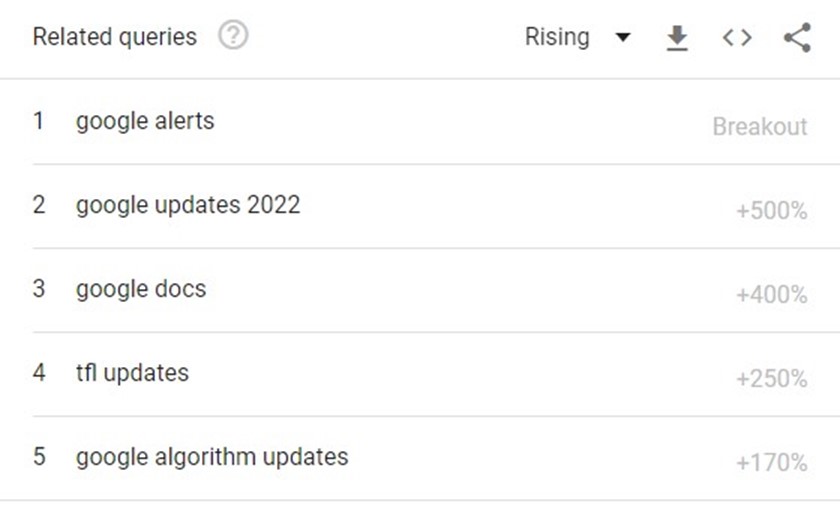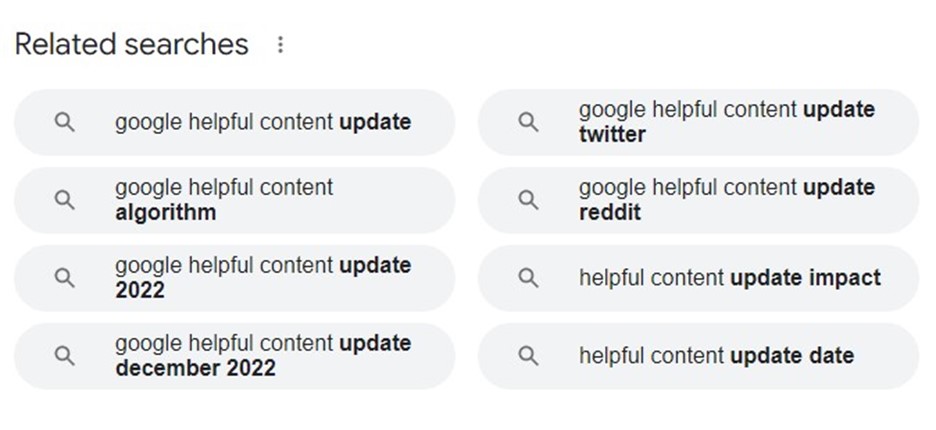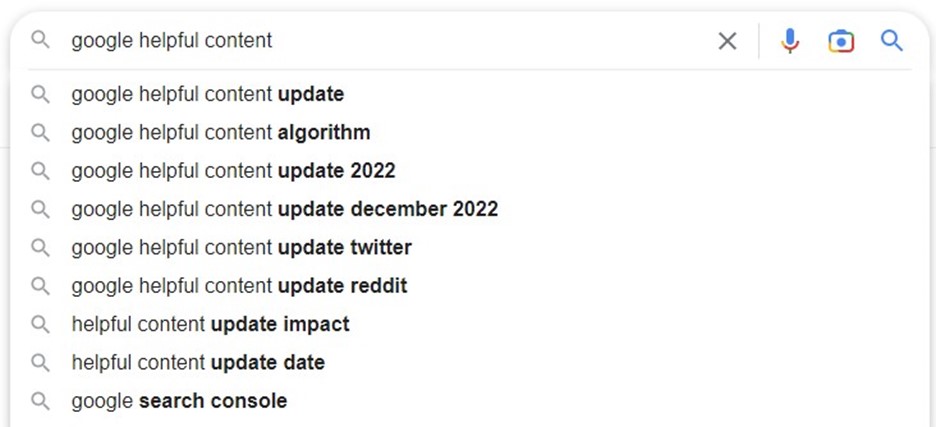Introduction: When it comes to search marketing, the quest for finding the right keywords can make all the difference. By identifying low competition keywords, you can tap into new opportunities and target specific audience segments. In this guide, we will explore the process of uncovering these keywords using only free tools. By leveraging content gaps and trends data, you can stay ahead of the competition and discover new and emerging trends that will boost your online presence. Let’s dive in and learn how to find low competition keywords effectively.
Targeting low competition keywords can greatly benefit marketing campaigns by providing valuable opportunities for visibility and engagement. While the tools and approaches shared in this article are commonly used, it’s important to note that there are various effective ways to accomplish this task by leveraging related tools and technology.
Although the primary focus here is on discovering keywords for SEO purposes, it’s worth mentioning that these approaches can be applied to other marketing channels and serve different purposes as well. Whether you’re aiming to improve your website’s organic search rankings, optimize your content for specific audiences, or enhance your overall marketing strategy, the techniques discussed in this article will prove useful.
Utilizing free tools for keyword research is essential, and there are several options available to effectively generate keyword ideas. These include widely used tools such as Google Search Console, Keyword Planner, Trends, and direct SERP analysis. Additionally, you can explore the capabilities of free versions of tools like ChatGPT, Semrush, and ScreamingFrog. Although this approach may require more manual effort compared to paid technology and software, it offers valuable insights into a broader range of data sets and allows you to refine your unique keyword research processes.
To help you get started, here’s a step-by-step process that can uncover numerous low-competition keyword opportunities, beginning with an analysis of your top competitor websites.
Step One: Topic Identification Begin by examining the top-level categories on the websites of your top three competitors in your digital space. You can do this manually or utilize the free version of ScreamingFrog to crawl the sites (up to 500 pages) for a more comprehensive view of their content. Take note of any category and main-level content topics that exist on these external sites but are missing from your own content. If this information isn’t immediately apparent, tools like Ahrefs and Semrush can help you compare content at the keyword and content levels. Both tools offer free scaled-back trial versions.
Step Two: Creating a Comprehensive Understanding of the Topic Opportunity Once you have identified several initial topic gaps, it’s crucial to develop a comprehensive plan to address these content deficiencies, catering to both user needs and search intent. To gain a deeper understanding of the wants, needs, and pain points of your target audience regarding the topic area, utilize a free tool like AnswerThePublic. Input the main topic/product/service terms and explore the results. For example, if your input phrase is ‘SEO agency,’ you can extract valuable information from the ‘data’ view or even generate a visual mind map.
By following these steps and leveraging free tools, you can uncover a wealth of low-competition keyword opportunities and develop a thorough understanding of your target audience’s interests and concerns within your chosen topic area.
Screenshot from Answerthepublic, May 2023
To gain a more complete understanding of the typical questions your new content will address, it’s beneficial to extract all the questions, prepositions, comparisons, and related data associated with the topic. While individual terms and questions may have lower levels of competition and search volumes, the broader topic encompasses numerous semantically relevant terms, presenting a greater opportunity for metric-based gains.
By grouping the data into topics and sub-topics, you can create a content map that highlights what is currently missing on your site compared to your competition. This map identifies potential low-hanging fruit and relevant low-competition keywords that you can target.
Step Three: Validating with Artificial Intelligence (AI) Embracing the rapid adoption of AI in marketing, it is important to consider its role in this process. For a sanity check of your core content framework, I recommend utilizing ChatGPT. This step ensures that you haven’t overlooked any crucial elements and can guide you to the next stage of the process.
To access ChatGPT, visit https://chatgpt.org/ and click on ‘Open Chat.’ Simply type in your request and initiate the conversation. Here is a snippet of a response from ChatGPT on the topic of creating content targeting low-competition keywords in the context of an ‘SEO agency’:
Utilizing AI, such as ChatGPT, can provide valuable insights and validation as you refine your content strategy and optimize it for low competition keywords.
Snippet response from ChatGPT
Screenshot from ChatGPT, May 2023
From this point, you will have developed most of your target keywords list and created a content framework to effectively target them. To validate and expand your topical coverage, I recommend conducting basic Google search queries directly in the search engine’s SERPs (Search Engine Results Pages) to determine the number of ranking pages or total content gaps for specific keywords or topic areas.
To do this, go to the Google search engine and use search operators to query content specific to your website only. For example, using the search operator site: YourWebsiteName “YourTopicTerm” will display any ranking pages from your domain that are indexed with that specific term. Similarly, you can perform the same search on competitor sites to find related content and discover potential low competition keywords relevant to the topic. Just modify the search operator to site: YourCompetitorWebsiteName “YourTopicTerm.”
To make the search more specific to keywords used within URLs, adjust the search operator to site: YourWebsiteName inurl: YourTopicTerm. This can help narrow down the results to pages that are directly relevant to the entire topic rather than just being mentioned in passing. You can also repeat this process for external competitor sites.
If you’re focusing on a long-tail query, you can utilize the “allinurl” search operator. Additionally, note that you can use these search operators without specifying a domain to find all related content (not limited to your site or a specific external site) that is ranking and relevant to the content term or keyword being used. For instance, “allinurl:KeywordTopic,” or with the domain added, it would be site: YourCompetitorWebsiteName “allinurl: YourTopicTerm.”
There are many more search operators you can explore, but the aforementioned ones will serve as a useful starting point.
Step Four: Prioritize Focus Key Terms Using Overlapping Metrics Data To prioritize your target terms, you can copy and paste the main terms into Google Keyword Planner. This tool will provide you with related metric information such as cost per click, competition, search volume, and more. Export this data so that each topic area has all the necessary information to prioritize target terms into short-term, mid-term, and long-term goals. This prioritization should consider factors such as the competitiveness of the terms, the average cost per click in that topic, and the size of the opportunity versus the challenge to perform.
At this stage, you will have the data needed to guide the creation of new content based on your competitors’ existing presence, content gaps on your site, and the ranking content related to specific terms, topics, and sub-topics. You will also possess the necessary metrics to prioritize and develop relevant content targeting these topics.
Identifying Emerging Trends for Low-Hanging Fruit Capitalizing on emerging trends allows you to target new search demands before they become highly competitive. Google Trends is a valuable tool for quickly identifying changes in interest levels and new and emerging trends. Lower current trend levels often indicate lower competition. By creating content assets and optimizing during these periods, you can position yourself favorably for when the demand and competition increase. The same applies to new and developing trends.
The accompanying graph shows the dips in search interest that precede periods of high interest, based on the search topic “Google updates.” By maximizing gains during lower interest periods, you can benefit when seasonal or industry trends gain traction.
By incorporating these tactics and leveraging emerging trends, you can identify low competition keywords and seize opportunities for increased visibility and success in search marketing.

Expanding on the same topic and utilizing the tool, you can identify new trends to target, such as Google algorithm updates and TFL updates, among others. By using Google Trends, you can observe the percentage growth of these trends and explore other tools like Google Keyword Planner to assess the search volume for these specific terms as well as broader matching and related terms.
This additional analysis allows you to gauge the potential volume and relevance of these trending keywords. By incorporating them into your content strategy, you can tap into the growing interest and capitalize on the associated search demands. By exploring related terms and conducting comprehensive keyword research, you can further refine your targeting and optimize your content for maximum visibility and engagement.

The impact and value of voice and conversational search have been steadily growing for over four years. With the rise of voice-enabled devices and the increasing desire for an offline-like experience online, people are incorporating voice search into their daily routines, using devices like home speakers and voice search on mobile devices.
One of the advantages of voice and conversation-based search is that the majority of queries consist of 5 to 10-word phrases, which often leads to lower competition levels. This presents an opportunity for you to optimize your existing website content by incorporating conversational updates and adopting a more natural language approach.
To leverage these opportunities, you can consider adding FAQ segments to your content, introducing more term variations, and generally focusing on creating content that feels more human-centered. By doing so, you align your content with the way people naturally speak and search, making it more relevant and accessible to voice search users.
To identify specific opportunities within this realm, you can manually conduct searches on Google and explore predictive search suggestions, rich results like Google Answers, and related search queries related to the topic of “Google helpful content update.” These searches can provide insights into sub-topics worth exploring, enabling you to create content that caters to the needs and preferences of voice search users.

As an example, let’s consider the related search intent of “Google helpful content update.” Here’s a predictive search example that you can target:
These are just a few examples of predictive search queries that indicate the related search intent for targeting helpful content updates related to Google. By addressing these topics in your content, you can provide valuable information and address the specific needs of users searching for guidance and insights on optimizing their content for Google’s algorithms.

To further refine your keyword selection and prioritize lower competition terms, you can input the identified topics and terms into Google Keyword Planner. This tool will provide you with valuable data on metrics like cost per click (CPC), competition levels, and more. By analyzing this data, you can focus on targeting keywords that fall into the lower competition range, maximizing your chances of ranking well and driving relevant traffic.
In summary, this article has explored various methods to find low-competition keywords. It began by identifying content gaps compared to top competitors using free tools and technology, allowing you to uncover new opportunities to target less competitive keywords consistently. The article then discussed leveraging trends data to discover emerging trends and taking advantage of lower interest periods, positioning yourself for growth when demand increases. Lastly, it emphasized the importance of adopting a conversational approach in your content and marketing efforts. By incorporating a human element and catering to the offline journey online, you can thrive in areas with lower keyword competition while meeting users’ needs effectively.